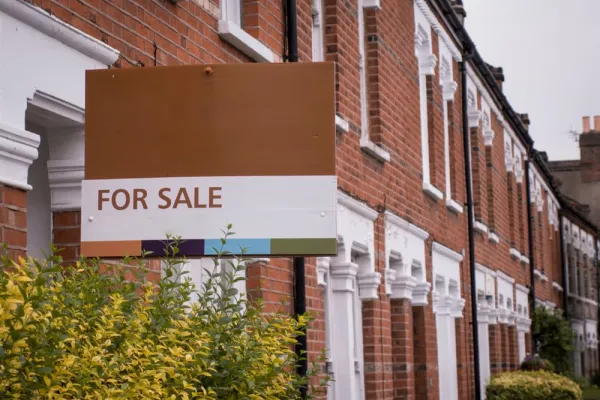About a century ago, approximately 50% of the UK’s population lived in rural areas.
Today, that figure is closer to 20%.
Some of these are people born and raised there. Others move there by choice.
Are you considering becoming one of the latter group?
If you are, you should first consider some key factors, which we’ve explained below.
What counts as ‘the countryside’?
The countryside is defined as any place with a low population density.
This is outside the towns and cities, usually in villages and hamlets. These locations tend to pride themselves on:
- A sense of community
- Nature and wildlife
- Peacefulness
- Farmland
- A lack of major developments.
According to the Office for National Statistics, a countryside location is any settlement with less than 10,000 people.
How many people live in the countryside?
There are around 10 million people in the UK living in rural areas.
Experts say that the population is growing more slowly here than in big cities.
This is because new housing developments are focused on areas with high population densities.
The Government is also generally reluctant to disrupt green belt areas (officially protected natural areas).
Are properties more or less expensive in the countryside?
There’s not a clear answer to this. It depends on the property type, size, and location.
For example, you rarely find terraced properties valued at over £2 million in the countryside. But this is common in London.
However, over the past five years, house prices in rural areas have increased by 29%, compared to 18% in urban areas.
And in the southeast of England, a typical rural home costs £705,421, compared with £444,530 for a property in the city.
Factors for price changes
Property prices in the countryside are increasing as transport links improve. HS2 is a typical example.
And as crime rates increase in big cities, people find living in the countryside more attractive, where crime rates are far lower.
Preparing to move to the countryside
Preparation is crucial when you move to the countryside. You’ll need to arrange certain parts to be ready when moving day arrives.
Get a car
Public transport facilities are less common in the countryside because fewer people live there.
A car can take you everywhere you need to go. Unless you’re close to a convenience store, you might be stuck.
Arrange education
You should also get education sorted for any children or adolescents in the family.
Ideally, you’ll get a school place approved before moving out. But many schools don’t let you apply until you’re already in the area.
An element of risk is involved with this, and homeschooling in the interim could be worth considering.
Moving costs
A removal company will charge you significantly more when they’re travelling long distances.
If you’re moving across the country, you must budget for this. Speak to a removal company to get a personalised quote.
Weaker internet connection
Broadband is slightly less effective in the countryside. Check whether the area you’re moving to has phone signal and internet access.
If not, you’ll need to find a solution, such as a landline phone and an internet ethernet cable.
Commuting
You should consider your commute if you aren’t yet at retirement age.
If your role involves remote working, it could not be an issue. But if you’ve still got to travel into the city, ensure this is doable.
Advantages of moving to the countryside
Lower cost of living
You’ll find that there’s a much lower cost of living in the countryside.
Transport, childcare, and council tax are less expensive. And parking is free in most rural communities, too.
More privacy and peace
You get far more space and privacy in the countryside. You won’t be always surrounded by hundreds of people.
Instead, it’ll be easier to relax. You can have a larger garden for children to play in.
Closer proximity to nature
Lots of people enjoy the chance to reconnect with nature.
You’ll see plenty of wildlife in the countryside, which you don’t get in major cities and towns.
Less pollution
The air quality is also much cleaner, and the reduced pollution gives you a better view of the night sky.
Sense of community
You can keep the same job while living out there. And you’ll be able to enjoy the greater sense of community at the same time.
Disadvantages of moving to the countryside
Less amenities
You will probably have limited access to amenities in the countryside.
With less people living in the area, it’s difficult to justify investing in things such as:
- Gyms
- Leisure centres
- Parks
- Libraries.
Less socialising opportunities
Some people find it difficult to socialise in the countryside, too. You will encounter relatively few people.
You’ll often need to make a clear effort to join local groups and connect with people from the area.
Less infrastructure
Infrastructure is less sophisticated in the rural areas. You’re more likely to encounter potholes or overgrown hedges.
And one-way lanes can be difficult to navigate at night-time, especially with traffic coming in the opposite direction.
There’s likely to be longer response times for emergencies, too.
Less employment options
There are fewer work options in rural areas. And if your work is done in-person, local companies that you can work for might be scarce.
















